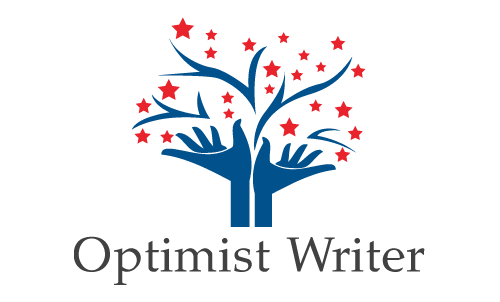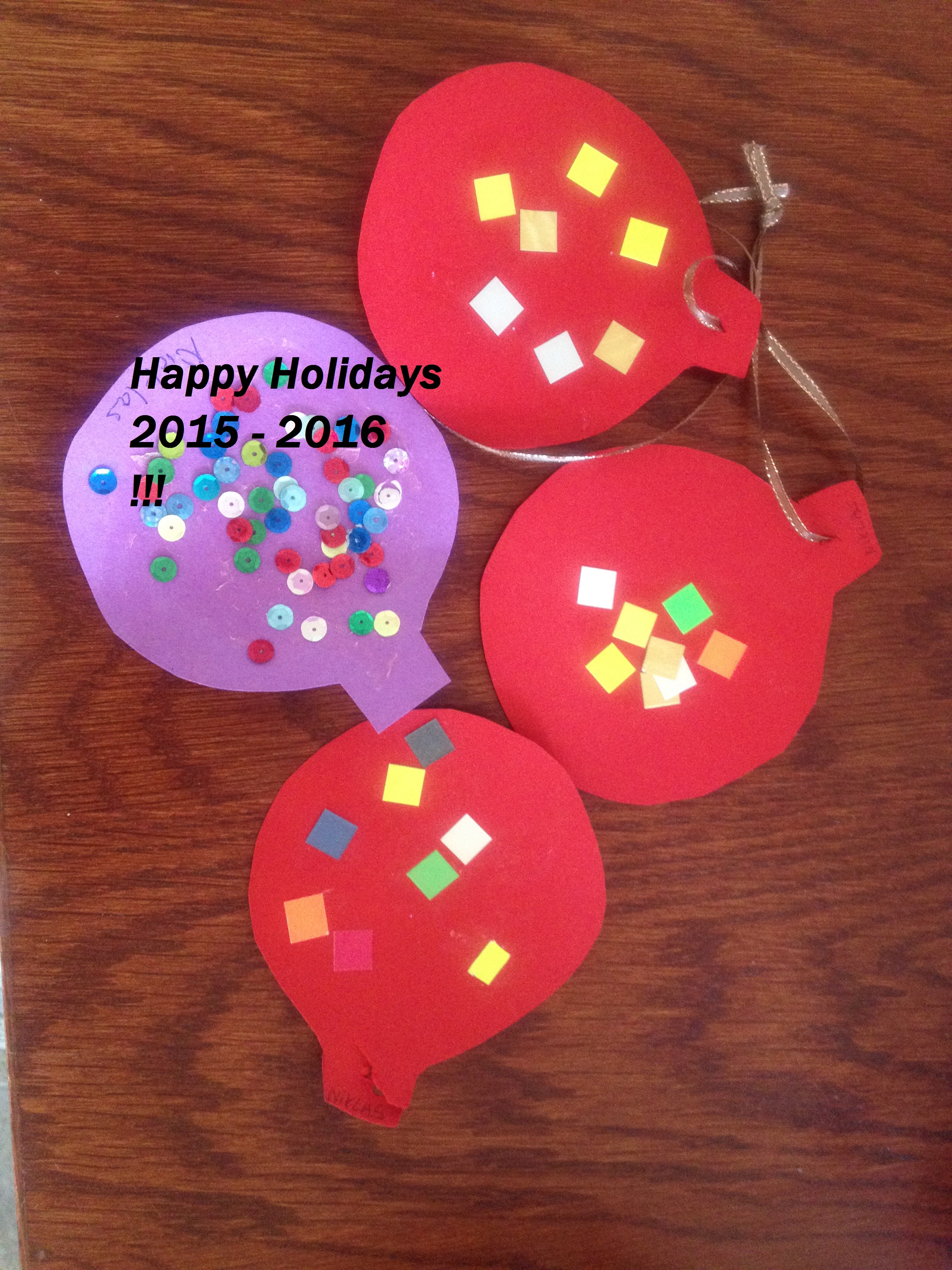
Creating a product or service is not enough. As in all previous types of business rules, you need to think about the customer while creating it.
In general it is natural to think about the purpose of your product and what customers expect from such products and services, while thinking of how you product should look and feel like when it is used.
But there is more about attract-iveness of you product.
First of all there are many perfect ways of how a product can look and feel.
A good example here are on-line banking applications. I think I have used more than five so far and all of them had various ways to present lists of transactions, and various transaction forms. Some attempt to present as much information on one screen as possible, so that scrolling and additional clicking can be avoided and some make the fonts large, buttons big, making the transaction forms resemble a computer game for small children (especially because of the bright colours they use) than a screen where you are about to give out some money.
But there are also similarities between them, which show that there are also commonalities in preferences of different customers. I have yet to see an on-line banking program with a black (or other dark colour) background. All of them have white backgrounds, or at least the text and lists are presented on white. There are colourful frames around, but the actual information is always on the white background. It makes sense to me. This resembles the transaction lists and forms on paper, to which most of us are used to. And in this way they are probably best readable.
So, the way your product looks and feels like is a blend between your customers’ and your preferences. It helps when you consider yourself as a customer too. But you need to think of various preferences of various people and consider, which group of people you target.
In Denmark more and more aged population is using Internet, including on-line banking. We have volunteers in Aalborg, who help retired men and women to learn how to handle their finances using the digital post and on-line banking. My guess that large fonts and bright colours are targeted very much toward them, so that they can better distinguish various data on the screen.
But even if your product or service is likable and usable and has a perfect layout and is very easy to handle, it still doesn’t necessarily mean that you will immediately have success with it.
You need to make it visible and you need to attract various potential customers to it.
Yes, I am talking about marketing.
Many fear it, especially when it comes to small businesses, and to starting freelancers especially. Most of us grew in the cultures saying, “Don’t boast, be modest, don’t be arrogant.” Only recently we started to hear the encouraging words like “You have a lot of potential. Don’t be afraid to show it. Be yourself. Be bold, do what you want most. Go for your dreams.”
I am also a beginner in marketing since my business is young and I am learning a lot about it right now.
Here are the main lessons I learned so far.
There is no unique recipe for successful marketing. There are tendencies, like on-line presence, sharing of information and most important, taking care of ones fans and customers by communicating with them and offering them valuable content in your niche. But there are no absolute ways, which tools and approaches work best. Some swear that Facebook marketing boosted their business, some deny social media and rely on word of mouth or only on e-mail marketing. Many combine various methods adjusting their approaches as the time progresses and technologies evolve.
There is no better way to learn it than to get hands “dirty” and try out various things. And yes, we need to learn how to boast. You might frown about this statement. But I noticed an interesting thing about myself. When I try to boast about what I do it turns more like passionate telling about things I did with all my heart. And this infects with motivation those who listen. By marketing what we do, we don’t only praise a product and try to sell it, we have a potential to ignite creativity in others, a wish to create and share something on their own.
There are no wrong ways in marketing (as long as you follow the laws of the country of your residence and the countries you sell your products and service to). Some methods might work in certain circumstances, some not. And the circumstances change quickly. Depending on the environment, customers’ age, their interests, time of the year, weather, time of the day, and many more. So you can try the same methods in various conditions or you could try various methods in the same circumstances with the same public. But don’t take the results for absolute. Your judgment also depends on circumstances. And your mood.
Marketing is a game with infinite possibilities for the next move. And it has a great potential to be fun playing it. I realized this by following some of the successful independent authors. There is a growing tendency of them offering many free and paid training courses of how to market books in various genres. Yes, these activities do bring additional income, but I have a strong feeling that they don’t do it solely because of the income. Try joining some of the free Webinars by Joanna Penn and other writers, or read their books on business of writing. The main and glaring feature of all these, although it is often overlooked and I overlooked it for quite some time, is that they have enormous fun doing it (even if they claim that they fear it a lot. They might fear it, but my guess it that this fear only fuels their wish to succeed). Some of these successful (both in writing and marketing) authors even take time from their fiction writing in order to pursue these marketing strategies and to find out more.
As any fun game, marketing can become an addiction. But as I see it, as long as the customer interests are the centre of this game (and the customers want more and more good products and services satisfying their needs and wishes), then there are only winners at every stage of this game. And there is no end to it as long as you have a business.
This post is a part of “Business rules: General”, copyright © 2015-2016 by Victoria Ichizli-Bartels




